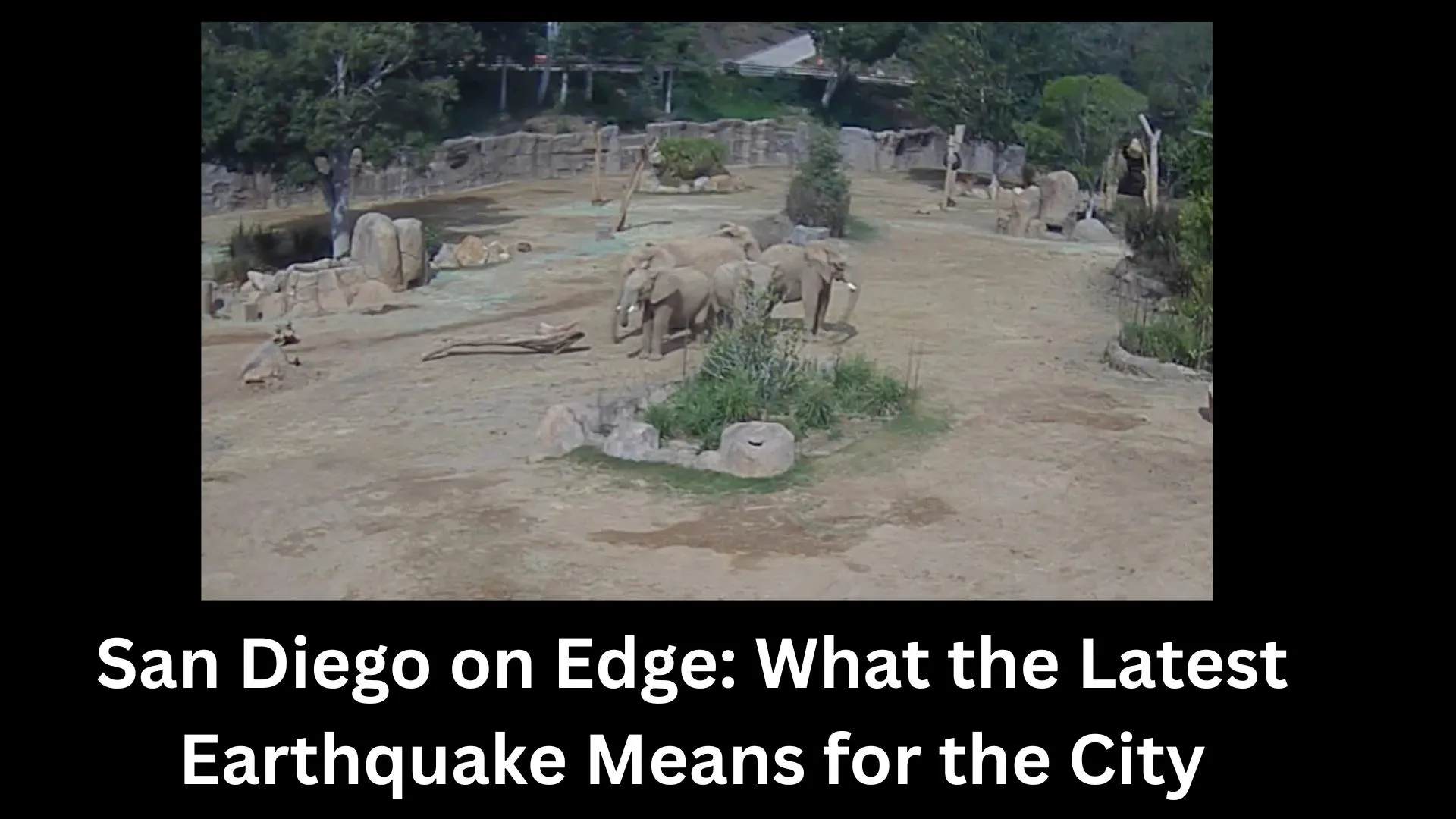San Diego Earthquake: Understanding the Recent Seismic Activity

San Diego, located in Southern California, lies in a seismically active region near several major fault lines, including the infamous San Andreas Fault. On [insert recent date if available], the city experienced a moderate earthquake that served as a reminder of the region’s vulnerability to seismic events.
The earthquake, which measured approximately [insert magnitude] on the Richter scale, struck near the [insert location if known] area and was felt across much of San Diego County. Although no major damage or injuries were reported, the quake caused brief power outages, minor structural cracks, and significant concern among residents. Emergency services responded quickly, ensuring that infrastructure remained intact and that public safety was maintained.
Earthquakes in San Diego are not uncommon, but large, destructive ones are rare. The region is crisscrossed by smaller fault lines such as the Rose Canyon and Elsinore Faults, which are capable of producing significant seismic events. Experts from the U.S. Geological Survey (USGS) continue to monitor these fault systems closely to better understand future risks.
In the wake of the recent quake, authorities are urging residents to review emergency preparedness plans, secure heavy furniture, and keep disaster supply kits on hand. Earthquake preparedness is crucial in minimizing damage and ensuring quick recovery in the event of a larger seismic event.
The San Diego earthquake is a timely reminder of the importance of readiness in a region where the ground can shift without warning. While the recent quake may have been mild, it highlights the need for continued awareness, investment in infrastructure, and education about seismic risks. By staying informed and prepared, San Diego residents can help protect themselves and their community when the next quake hits.
